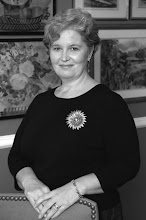During the 2011 annual meeting of the Dystonia Coalition, Dr. Alberto Albanese of the University of Milan (Italy) asked if the DMRF would support a small meeting of experts to review the definition and classification of dystonia that an ad hoc group of experts convened by the DMRF devised in 1984. The research had advanced so much that the time was right to update how clinicians describe and discuss dystonia. Dr. Albanese’s suggestion was the start of a two-year, international effort that has resulted in a revised dystonia definition and classification published online by Movement Disorders. The print article will appear in a fall issue of the journal.
We are grateful to Dr. Albanese and those who joined him for
their tireless efforts with this major task: Drs. Kailash Bhatia (London),
Susan Bressman (New York), Mahlon DeLong (Atlanta), Stanley Fahn (New York),
Victor Fung (Sydney), Mark Hallett
(Bethesda, Maryland) , Joseph Jankovic (Houston), H. A. Jinnah
(Atlanta), Christine Klein (Lubeck, Germany), Anthony Lang (Toronto), Jonathan
Mink (Rochester, New York), and Jan Teller (Raleigh, North Carolina). Going
forward, we hope this new definition will help to make communications regarding
dystonia clearer and will be more helpful for clinicians.
Look for future communications from the DMRF to help explain
what this development means for individuals with dystonia, and how this may
impact the language your doctor uses in relation to dystonia.







